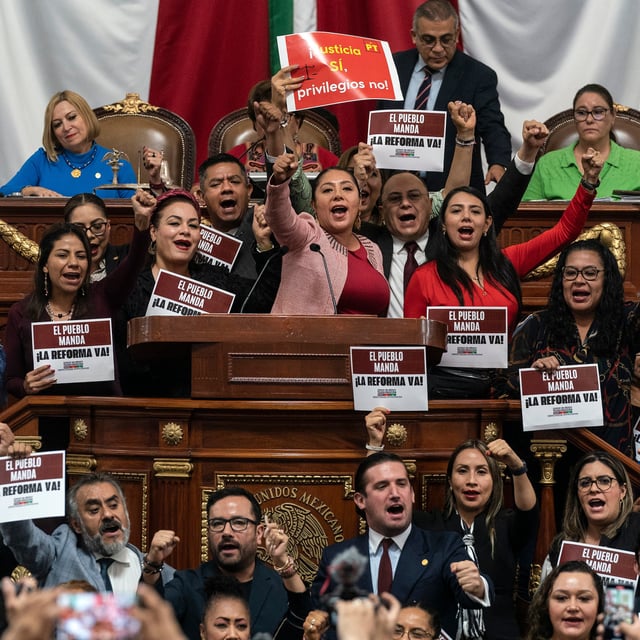Overview
- More than 7,700 candidates are vying for over 2,600 posts from Supreme Court seats to local magistracies in the June 1 vote stemming from a September 2024 reform.
- Voters face multiple lengthy ballots—writing candidate numbers instead of names—and may spend up to 15 minutes or more navigating each polling station.
- The National Election Institute had under ten months to organize the unprecedented election, prompting strikes by court workers and warnings of logistical challenges.
- Opponents, including U.S. officials, caution that direct elections risk politicizing the courts and could expose them to criminal group influence.
- Several candidates face allegations ranging from cartel ties to sexual abuse, even as President Sheinbaum frames the vote as a bid to root out corruption and nepotism.



